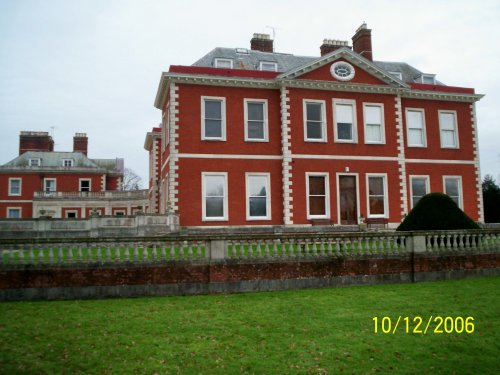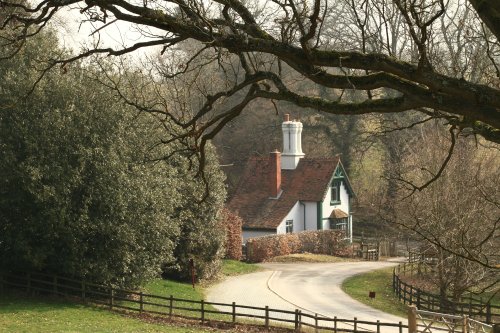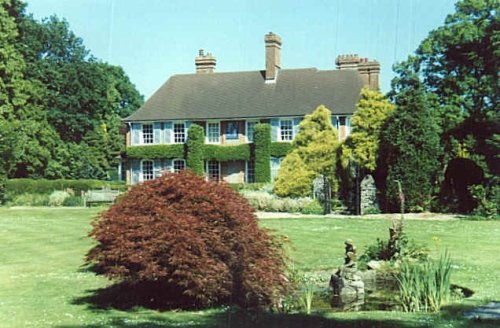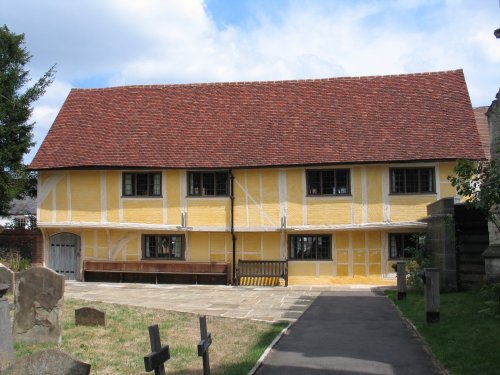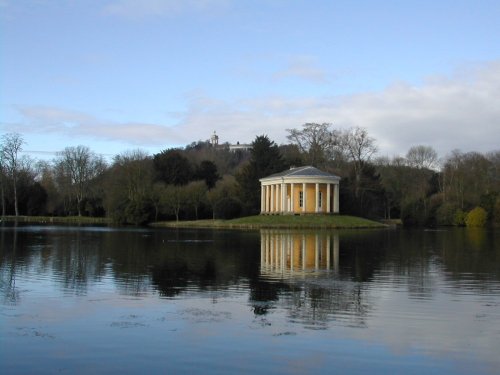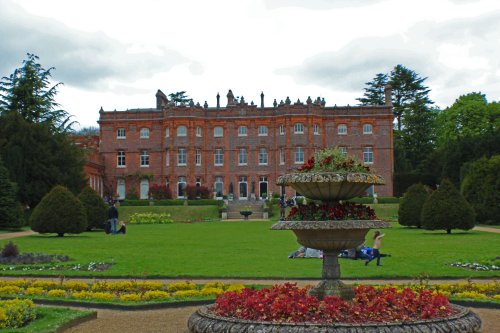Pictures of Stonor
About Stonor
Stonor village is situated a short distance from Henley-on-Thames, it is here hidden in a fold of the Chilterns and surrounded by beechwoods, you will find imposing Stonor Park, home of the Stonor family for over 800 years.
The house is long and low in appearance, it's 18th century facade fronts a building surviving from medieval times, but being staunch Roman Catholics, after the Reformation they had to pay a heavy price for their beliefs, resulting in the building remaining largely unaltered. The flint and stone chapel, with early brick tower was built around 1331, this joins the core of the main buildings which roughly date from the same period. The chapel continues to be used for the celebration of Mass and other Roman Catholic services.
From the 14th century onwards there was a constant flurry of building alterations, and later in the 16th century Sir Walter Stonor developed the house into a beautiful Tudor "E" shaped house, with a gabled brick front. In the middle of the 18th century the house was altered yet again, this time by architect John Aitken, who removed the central gable and altered all the windows.
Today, Stonor Park is open to the public and visitors can see several of its attractive, well furnished rooms including bedrooms - one with an 18th century French bed and chairs. In the 17th century library there is a magnificent vaulted ceiling and a fascinating collection of books relating to the Catholic faith. The mainly 14th century hall was redecorated in the Gothic style by John Aitken during renovations of the 18th century.
Throughout the house there is a store of treasures, these range from Renaissance bronzes, other important sculpture, to excellent tapestries, paintings and drawings. There is much fine furniture, family portraits, and a collection of contemporary ceramics.
Visitors may also view the Priest's hole where St. Edmund Campion, Jesuit and martyr hid in the 1580's. On display is a permanent exhibition dedicated to the turbulence of this period and its effect on Stonor and the family within it.
Stonor sits within lovely landscaped grounds with amazing views of the deer park and woods covering two valleys. A herd of fallow deer can be seen roaming the park, these shy creatures have been bred at Stonor since medieval times and today's herd numbers around 150.
The gardens include the old kitchen garden which was re-planned and replanted by Lady Chamoys in the 1980's. This can be explored behind the house, along with the pleasure gardens, ponds and 17th century terraces. There are superb rose and shrub borders, clipped yew trees, apple trees and box hedges. The gardens have been designed to show a richness of year-round colour varying from the delicate shades of early spring flowers to the glowing autumnal berries and leaves of the fall. Visitors can also enjoy seeing an original summer house from 1920.
Like many historic homes, Stonor is available as a film and television location and hosts many major indoor and outdoor public events, these include craft fairs, concerts and a cosy evening gathering focusing on the Tudor wardrobe.
There is a shop for the purchase of gifts, Stonor Honey and attractive objects carved from wood taken from the estate. In the Old Hall Restaurant which dates from the 12th century, you can enjoy delectable home-made teas, lunches or supper.
The house and grounds are open to the public between April and the end of September.
